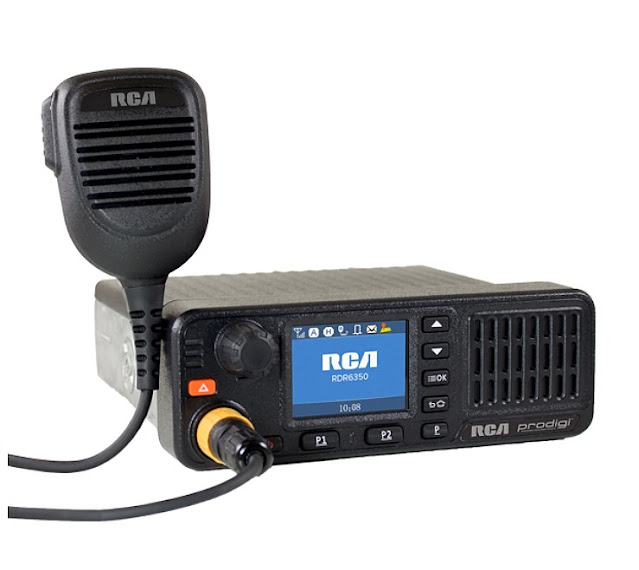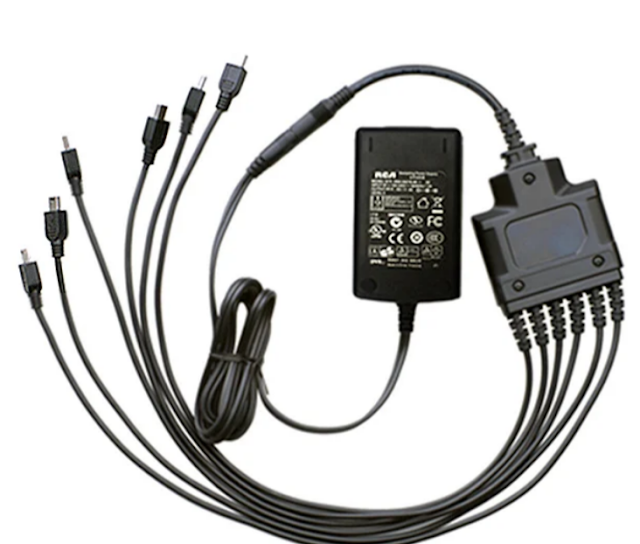A Sneak Peek Into Components Of A Two-Way Radio That Is The Backbone Of Seamless Communication
The fast-paced world is based on effective communication across various sectors and at different levels of organizations. Be it emergency response teams or event organizers, reliable and seamless communication devices like two-way radios or wireless PA systems ensure smooth operations and enhance safety.
Wireless Pa Systems: Amplifying The Authority Voice
Wireless PA (Public Address) systems are necessary for clear and loud announcements at schools, gatherings, malls, sports venues, corporate offices, etc.
The essential components that make a wireless PA system an effective tool for public communication include:
1. Microphone: The microphone is the PA system's input device, which transmits the announcer's voice to the system and the intended audience.
2. Amplifier: The amplifier takes the audio signal from the microphone or mixer and increases its power to drive the loudspeakers effectively. This ensures that the message reaches the entire audience clearly and loudly.
3. Loudspeakers: These output devices broadcast the amplified audio to the intended audience over a wide area with clear sound projection.
4. Wireless Transmitter (Optional): Some wireless PA systems use a wireless transmitter to send the audio signal from the microphone to the speakers, eliminating the need for wired connections.
5. Power Source: A direct electricity source or rechargeable batteries provides power to the system.
Two-Way Radio Set: The Most Reliable Gadget For Instant Communication
Two-way radios have been a mainstay in communication for decades. They are extensively used across many industries, as they can provide both discreteness and privacy over long distances.
Some crucial components that make these devices reliable and efficient are:
1. Transmitter (Microphone): The transmitter is part of the two-way radio that lets users speak into the device. It converts sound waves into electrical signals, then transmitted over the radio.
2. Receiver (Speaker): The receiver converts incoming electrical signals into sound waves, allowing users to hear messages from other radios.
3. Antenna: The antenna is an essential component that facilitates the transmission and reception of radio signals. It ensures that the radio can communicate with other devices within its range.
4. Battery: Two-way radio batteries power these radios. A reliable and long-lasting battery is crucial for continuous communication, especially in critical situations.
5. Push-to-Talk (PTT) Button: The PTT button temporarily activates the transmitter while speaking. Releasing the button stops the transmission, promoting efficient and clear communication.
6. Display Screen (Optional): Some advanced two-way radios feature a display screen that shows relevant information, such as channel selection, battery status, and signal strength.
Enhancing Communication And Safety Across Industries
In noisy and dynamic environments, two-way radios ensure effective worker communication, improving coordination and safety. Wireless PA systems inform employees about safety protocols and announcements.
Two-way radios and wireless PA systems are invaluable tools that facilitate seamless communication across various industries. These communication devices are vital in commercial sectors, from enhancing safety and efficiency to streamlining operations.
Understanding the crucial components of these devices, like PA systems and two-way radio batteries, provides insights into their functionality. A clear grasp of the components and their functions improves the user experience.
Awareness of the components helps users avoid unnecessary repairs or replacements due to mishandling. It also allows users to identify if an issue can be resolved without seeking professional help, saving time and money.
Read More content: Use Of Two-Way Radio And Wireless PA System By Businesses Addressing Public Gatherings




Comments
Post a Comment